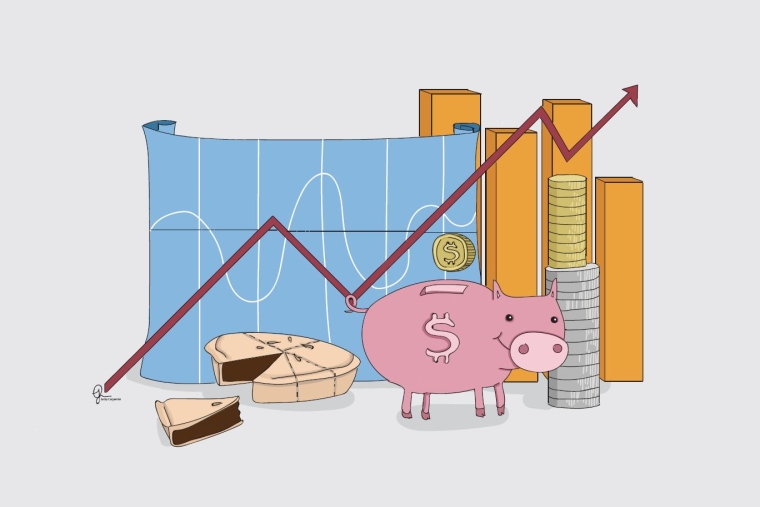
By Gareth Vaughan
New Zealand's nascent private credit industry could account for up to 5% of business lending to operating companies over time, suggests Aotea Asset Management (AAM) executive director Will Carnachan.
AAM, which launched three years ago, is a corporate debt fund manager organising wholesale investors to contribute to direct secured loans to businesses.
Private credit, a form of shadow banking, has made headlines in the US, Europe and Australia over the past couple of years. The International Monetary Fund estimates the fast growing "opaque" and " highly interconnected" private credit market topped US$2.1 trillion globally last year, and eventually "could become a systemic risk for the broader financial system."
In a new episode of interest.co.nz's Of Interest podcast, Carnachan says in NZ the largely unregulated private credit industry's probably a decade behind where it's at in larger economies, including Australia's.
"I don't necessarily think this industry will, or should, become heavily regulated over time because a big part of the driver here is to move risk away from deposit taking institutions which carry systemic risk. But it is really important, I think, for the longevity of the industry that managers are being really transparent around how they're conducting themselves, how they're valuing their assets," Carnachan says.
"There is huge potential for this industry to grow...If you look at that business lending segment in New Zealand, it's roughly $120 billion, a lot of that's property linked. If you say half of that relates to operating companies, $60 billion, I think realistically where private credit investors like ourselves could come in to help manage some of the risk it's really between 2% to 5% of that over time. A relatively small chunk of the market, but will create options for those great kiwi businesses that are looking to grow, looking to expand, looking to acquire."
In the podcast Carnachan talks about who the private credit investors and borrowers are, what the interest rates are that they earn and pay, how the floating rate loans are priced, loan covenants and syndications involved, the fees AAM charges, the impact of high interest rates and falling interest rates on private credit, where the sub-investment grade borrowers rank in S&P Global Ratings' methodology, how AAM's portfolio currently has no credit loss issues or impairment issues, and more.
"In terms of the return profile that we offer, we're a floating rate product, so we provide a spread or a margin above. We use the Official Cash Rate as the benchmark because it's well understood. So what that means is we are an inflation hedge because as inflation rises or falls, typically market rates move commensurately. But we can always lock in an attractive margin over that benchmark rate," says Carnachan.
"And I think it's important to understand in terms of that marginal credit spread, we do a lot of work around ensuring that that is driving really good risk adjusted returns for our investors, and also taking into account the fact that these underlying investments are relatively illiquid. So it's not a product that you can trade in and out of. It's a hold to maturity product."
"We are effectively a fixed income product that provides, we think, a really attractive diversifier away from bonds and yield stocks."
*You can find all episodes of the Of Interest podcast here.


We welcome your comments below. If you are not already registered, please register to comment.
Remember we welcome robust, respectful and insightful debate. We don't welcome abusive or defamatory comments and will de-register those repeatedly making such comments. Our current comment policy is here.